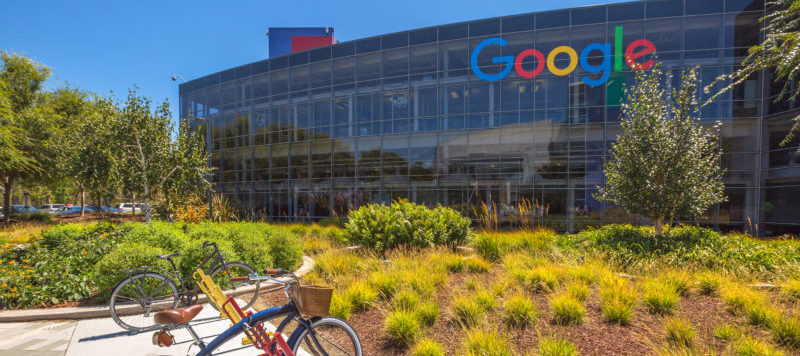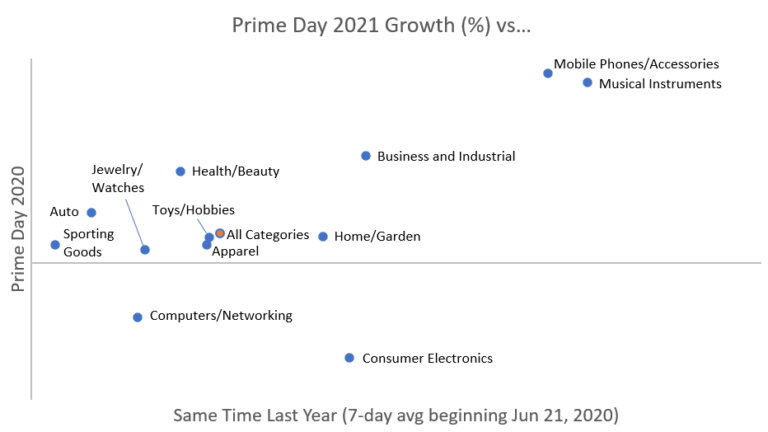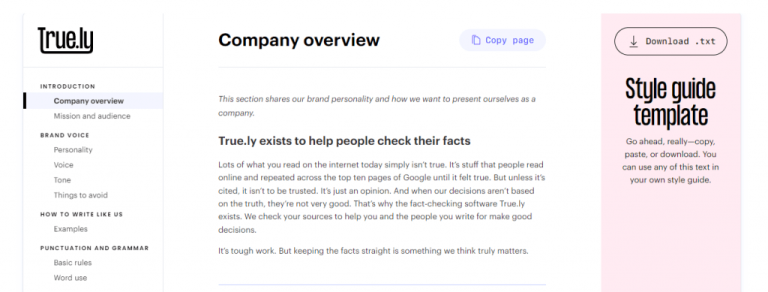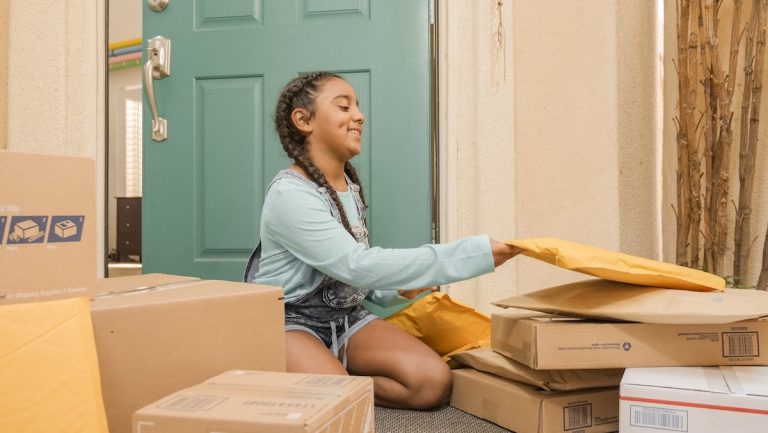
Google traditionally assembles thousands of advertisers and partners this time of year to hear the latest and greatest announcements, innovations and predictions from Google at an event known as Google Marketing Live. It is a time to learn, reconnect with friends and colleagues in the industry and maybe attend a party (or two). Obviously, this year had to be different, but the quantity of new innovations from Google was nonetheless very much in line with years past. While there was a wide variety of topics covered at this year’s event, we focus in this post on those related to e-commerce.
Jerry Dischler, Google’s VP/GM of Ads, led off the keynotes with a focus on user privacy. Reiterating Google’s stated commitment to user privacy, he noted that Google “will never sell your personal information, will never use sensitive information for ads, and never use content you create and store on Google for ad purposes.” This new era of privacy is needed, he argued, to regain consumers’ trust in the internet. Marketers need to adapt as privacy standards evolve and there’s more emphasis on first party consumer data as a core part of measurement going forward.
Dischler also discussed how new technologies will be necessary to preserve accurate measurement, including predictive methods to model conversions and enhanced conversions for a more complete view of the customer journey. Finally, he emphasized that Google’s Privacy Sandbox will “not have any backdoors” and that Google will leverage the same set of API’s as the rest of the ads ecosystem.
Earlier in May, at Google I/O, Bill Ready, Google’s President of Commerce, Payments & NBU, talked about the Shopping Graph, a dynamic comprehensive, AI-enhanced model that understands products, sellers, brands, inventory, and reviews and how those attributes relate to one another. Ready spoke to several new innovations that rely on the Shopping Graph and are designed to improve the shopping experience for consumers and merchants. He also spoke to Google’s new integrations with Shopify, Woo Commerce, Square and GoDaddy that allow merchants to show their inventory across Google surfaces for free, and in just a few minutes.
Other new shopping-related features announced at the event included:
- Product Feeds — Product data continues to be a larger part of more ad formats. Discovery ads will now incorporate product data as will Video action campaigns. Both are designed to surface relevant products to consumers during their shopping journey.
- Deals — Google shared that searches for “discount code” are up over 50% this year. To highlight these discounts for consumers, there will be new deals results pages on the Search and Shopping tabs.
- Abandoned Carts — Put something in a cart but forget to checkout? Chrome will start showing your abandoned carts along with other, relevant promotions.
- Curbside Pickup — Google has expanded and improved the way it highlights merchants that offer Curbside Pickup including on YouTube and Google Maps.
- Loyalty — A new program will enable retailers to integrate their loyalty program into Google to provide consumers any relevant loyalty benefits on the search results page.
- Image Extensions — This new feature adds a relevant image as an extension to Text Ads and is now available globally to all advertisers who meet the requirements.
Google also talked about how it wants to help brands tell their unique story and acquire more “superfans.” Part of this is surfacing more information on brands — including, for instance, if a business is Black-owned or women-owned. Additionally, brands will have tools to create immersive experiences featuring videos, lifestyle imagery and formats for interactive storytelling.
Other new announcements centered on automation and insights. Google’s new Performance Max campaigns are designed to simplify the ad buying process and surface ads across the various Google surfaces in a way that aims to reach an advertiser’s goals. While still in beta, these campaigns are expanding to many more advertisers. Google is also giving advertisers even more data on the Insights page, like demand forecasts, so they can better understand how products are performing. Additionally, the competitive visibility report in the Merchant Center, currently in beta with general availability coming later this year, provides merchants with insights on the competitive visibility of top merchants and direct competitors based on displayed impressions from free listings and Ads.
The pandemic has resulted in a tremendous shift to all things digital and Google clearly intends to remain at the center of that shift with features that aim to improve the ability of brands and retailers of all sizes to reach consumers wherever they are in their shopping journey.
—
Not sure if you’re making the most of your presence on Google? Check out our latest Google webinar, available now on-demand, led by members of ChannelAdvisor’s Managed Services team: Automation With Accountability: Achieving Success Through Google Automation.






